| Structure | Name/CAS No. | Articles |
|---|---|---|
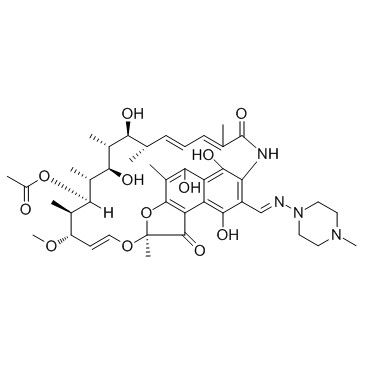 |
Rifampicin
CAS:13292-46-1 |
|
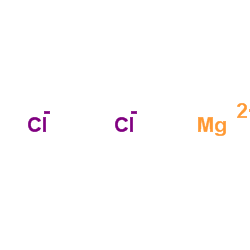 |
Magnesium choride
CAS:7786-30-3 |
|
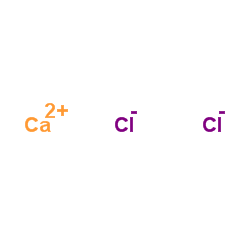 |
Calcium chloride
CAS:10043-52-4 |
|
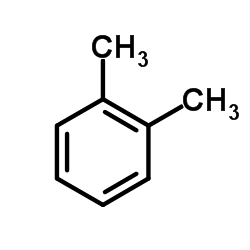 |
o-xylene
CAS:95-47-6 |
|
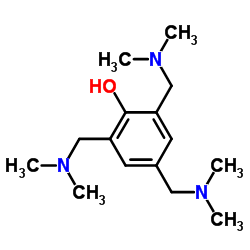 |
tris(Dimethylaminomethyl)phenol
CAS:90-72-2 |
|
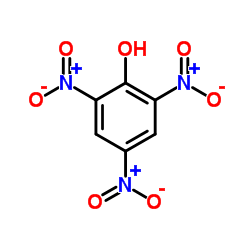 |
Trinitrophenol
CAS:88-89-1 |
|
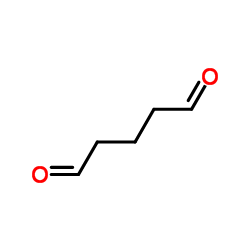 |
glutaraldehyde
CAS:111-30-8 |
|
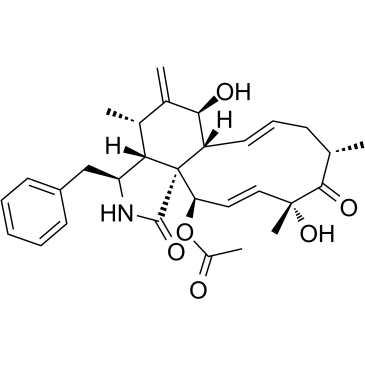 |
Lygosporin A
CAS:22144-77-0 |
|
 |
calcium chloride dihydrate
CAS:10035-04-8 |
|
 |
trisodium phosphate
CAS:7601-54-9 |